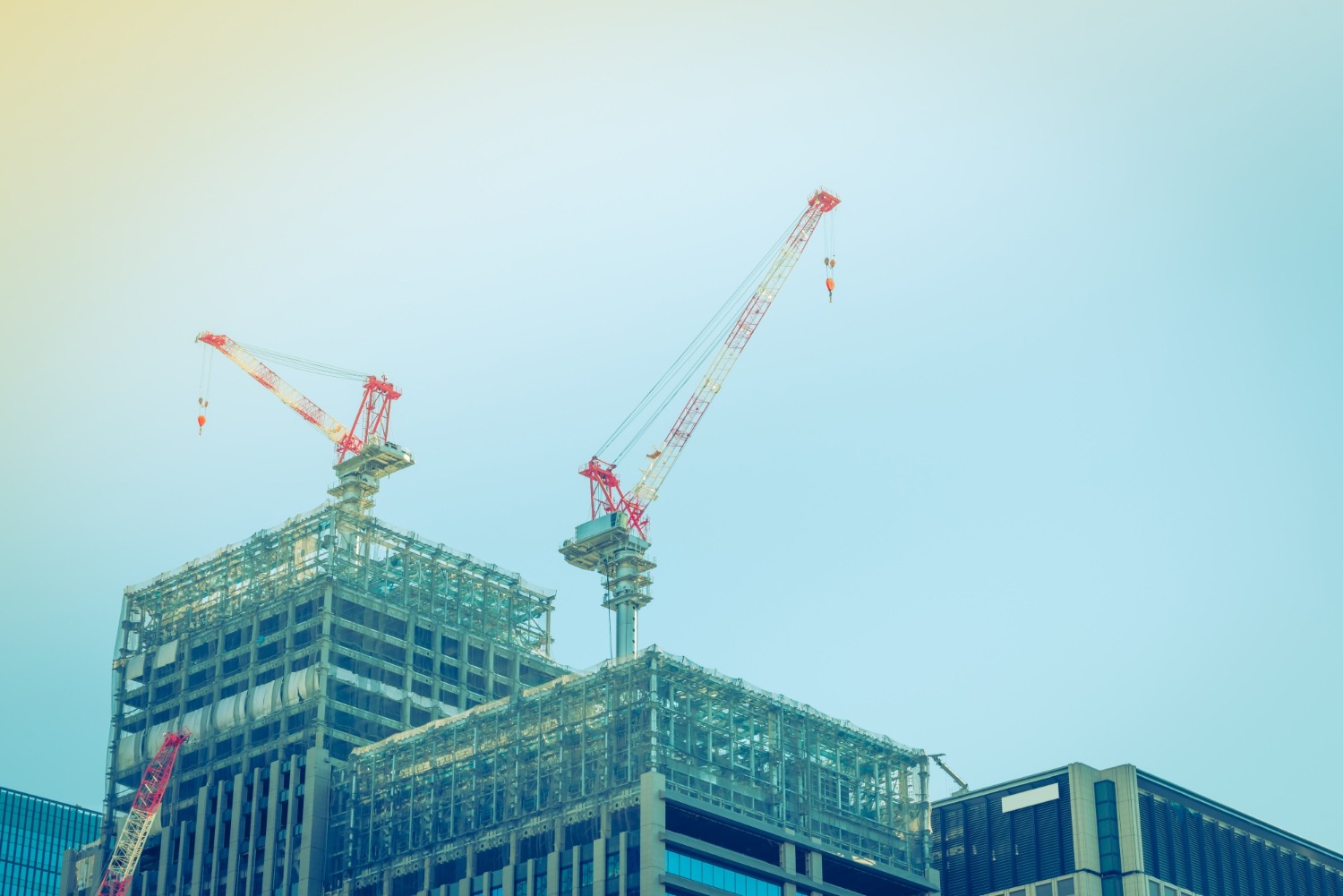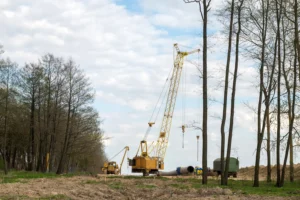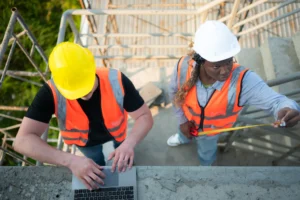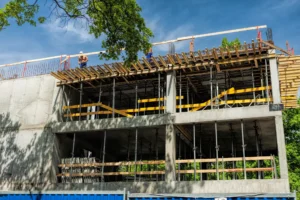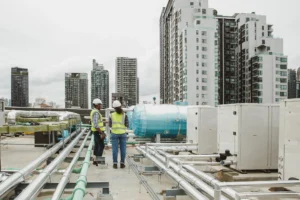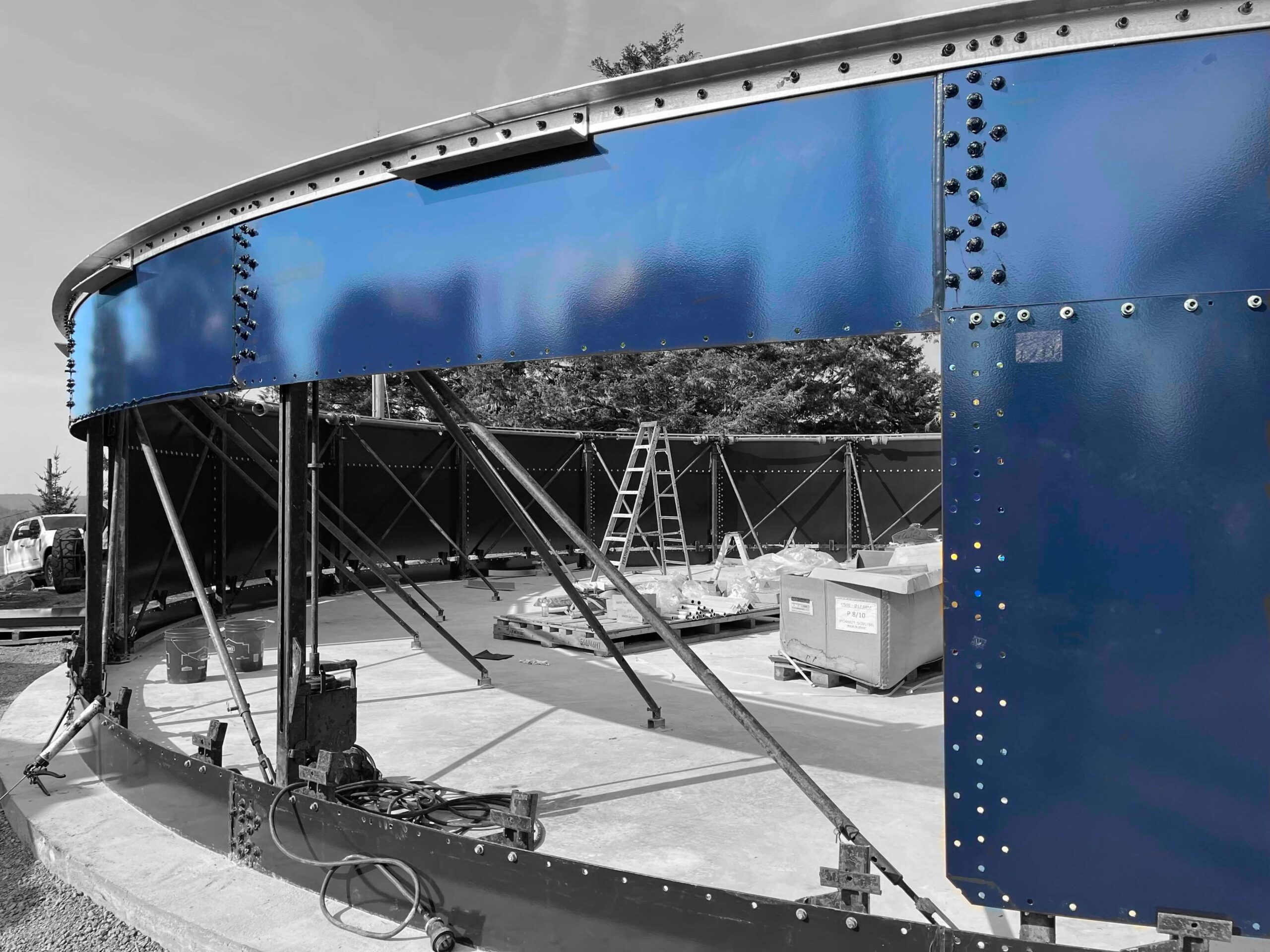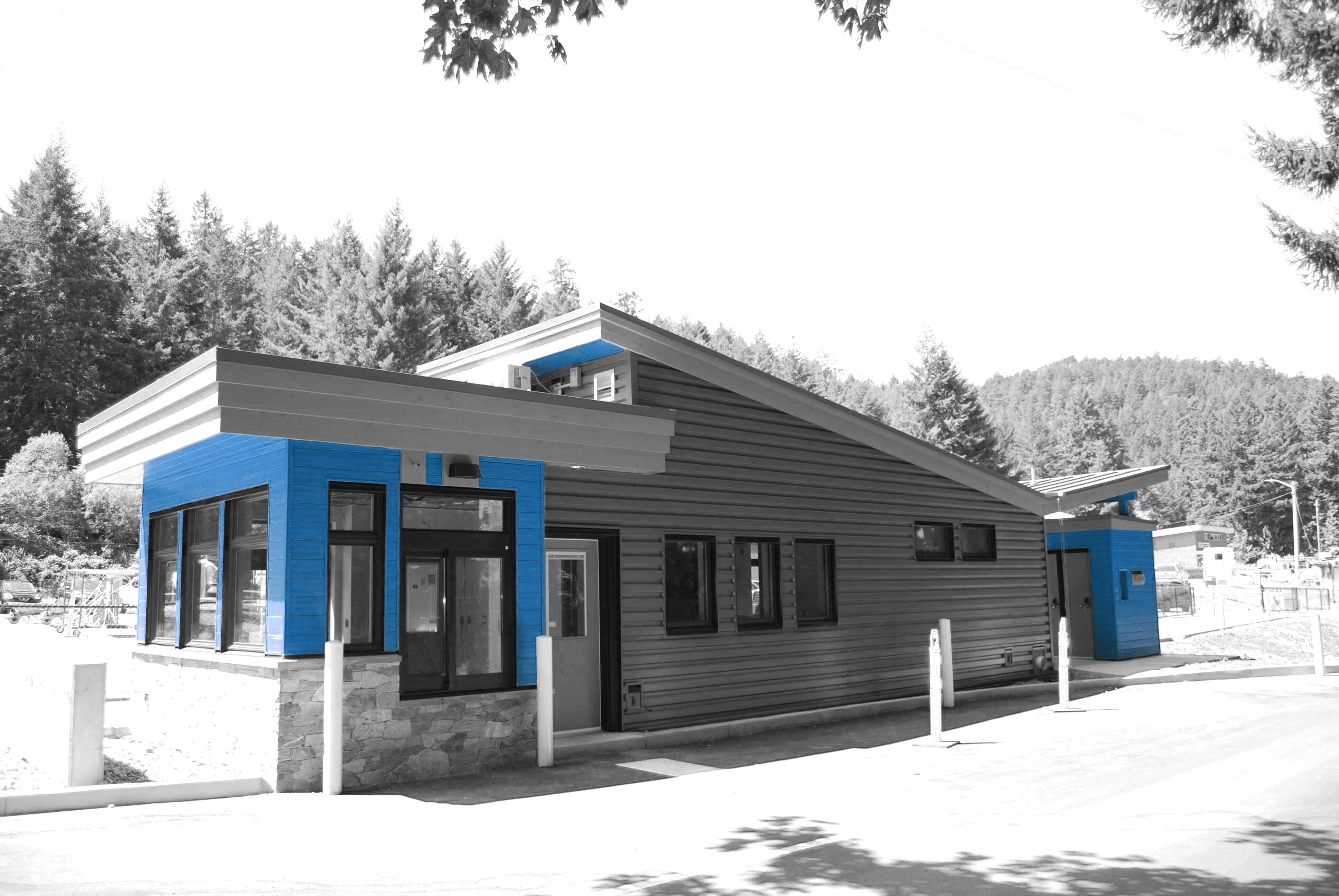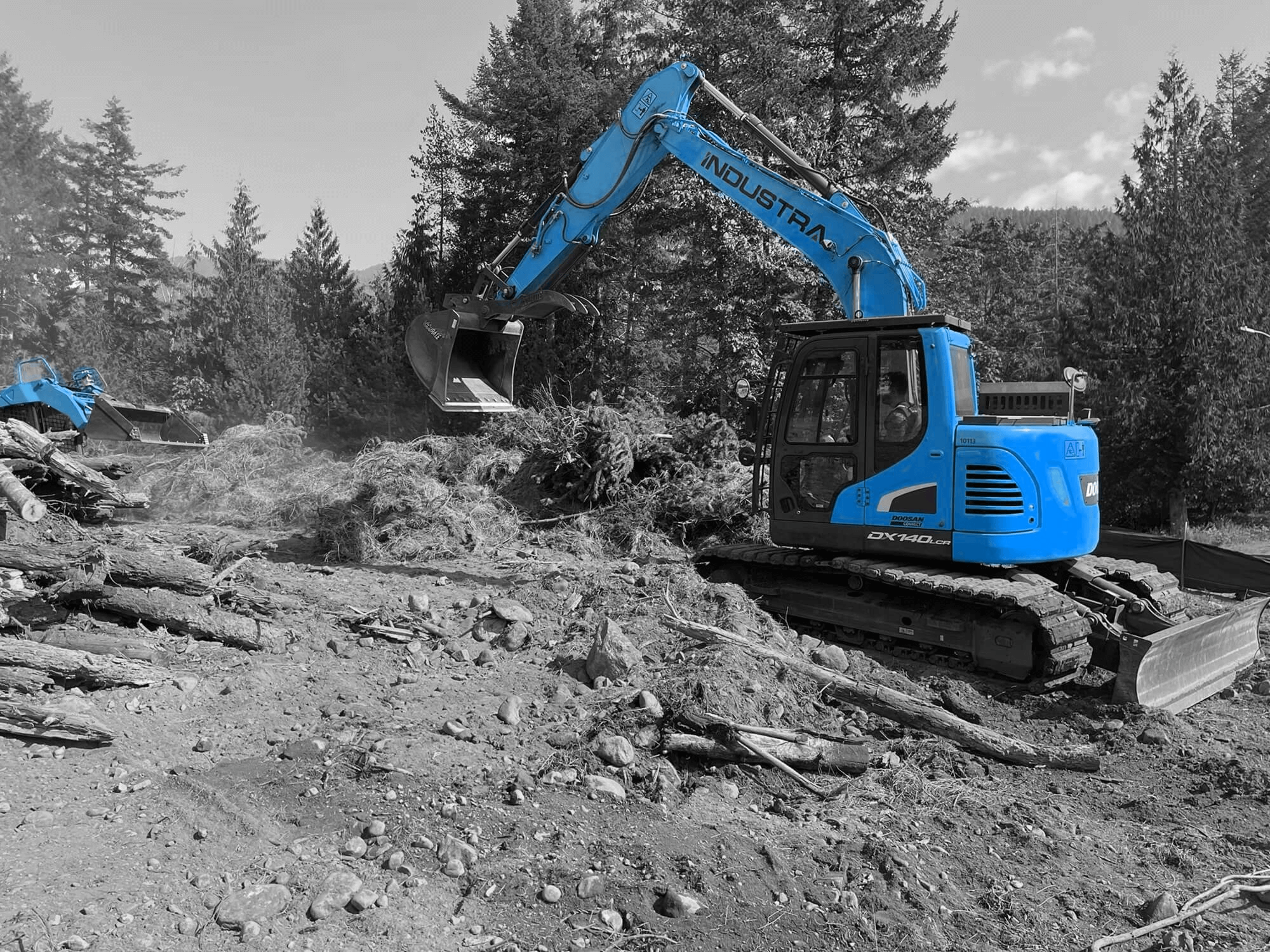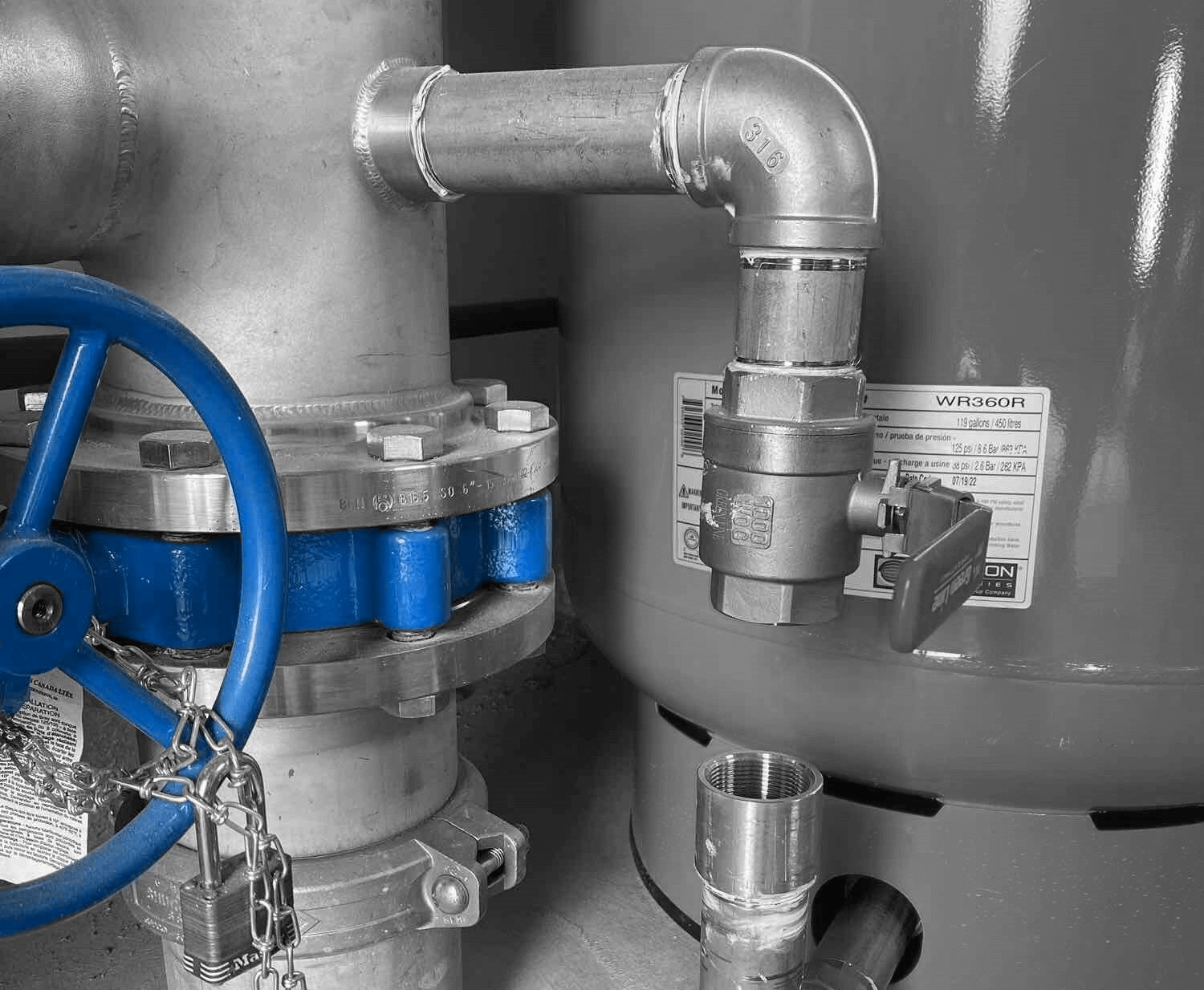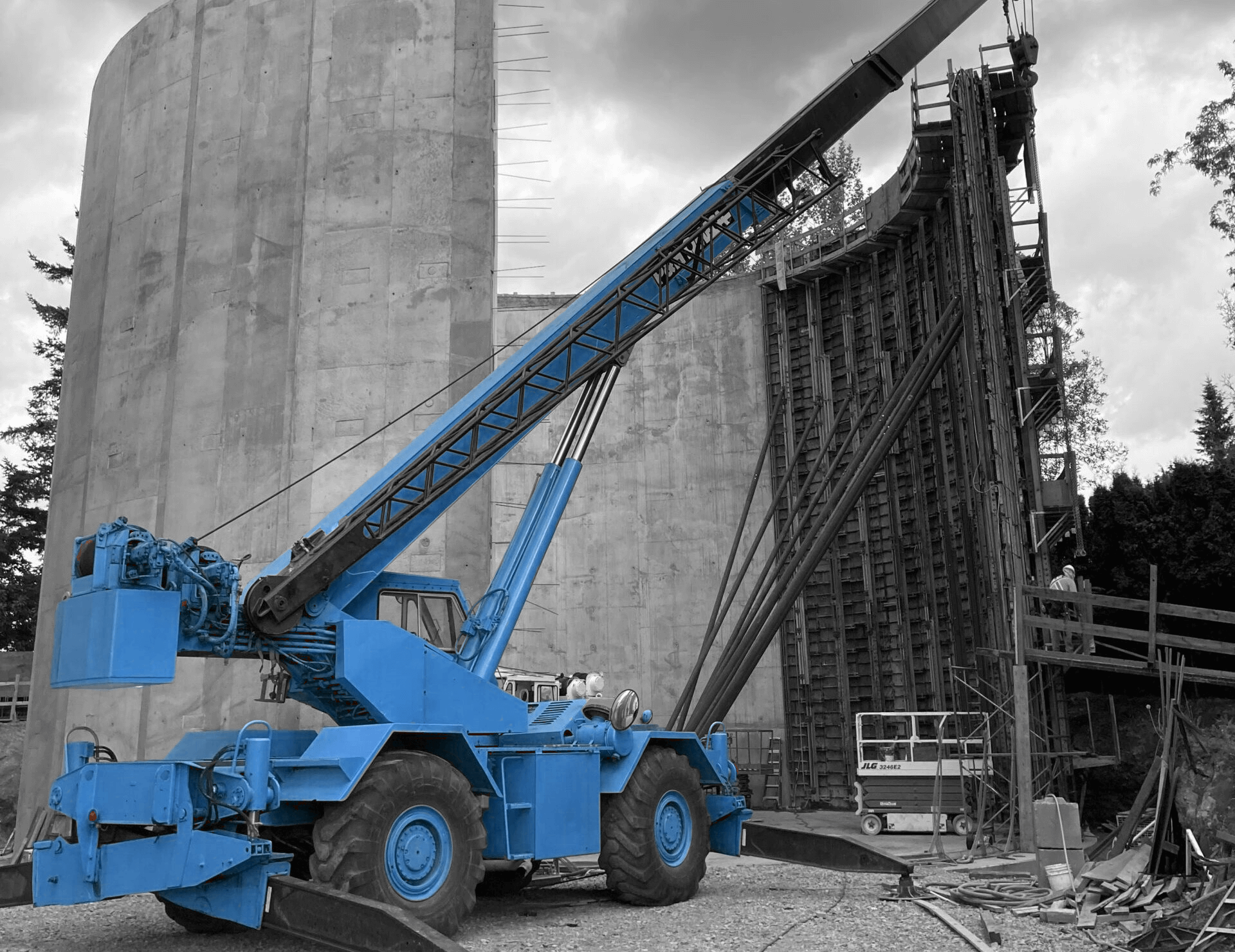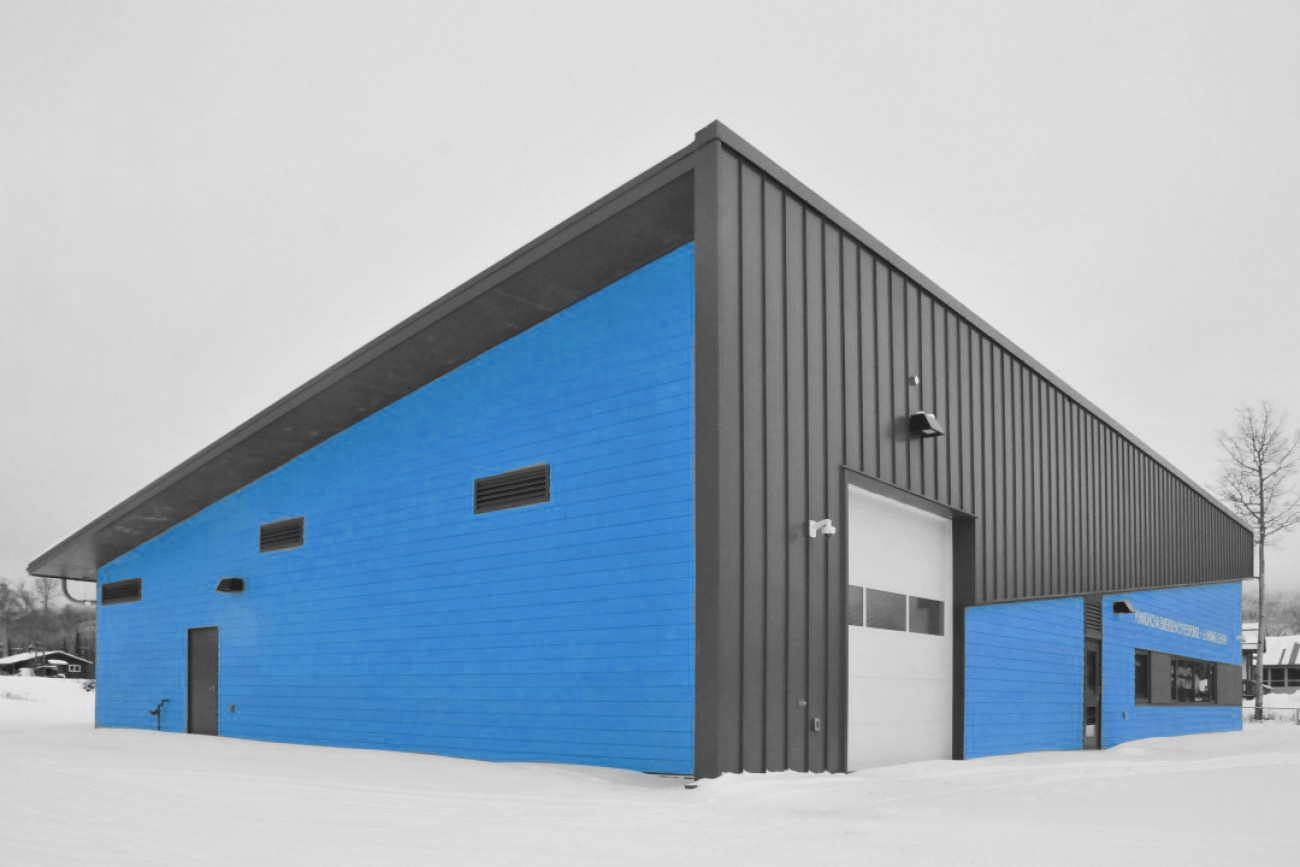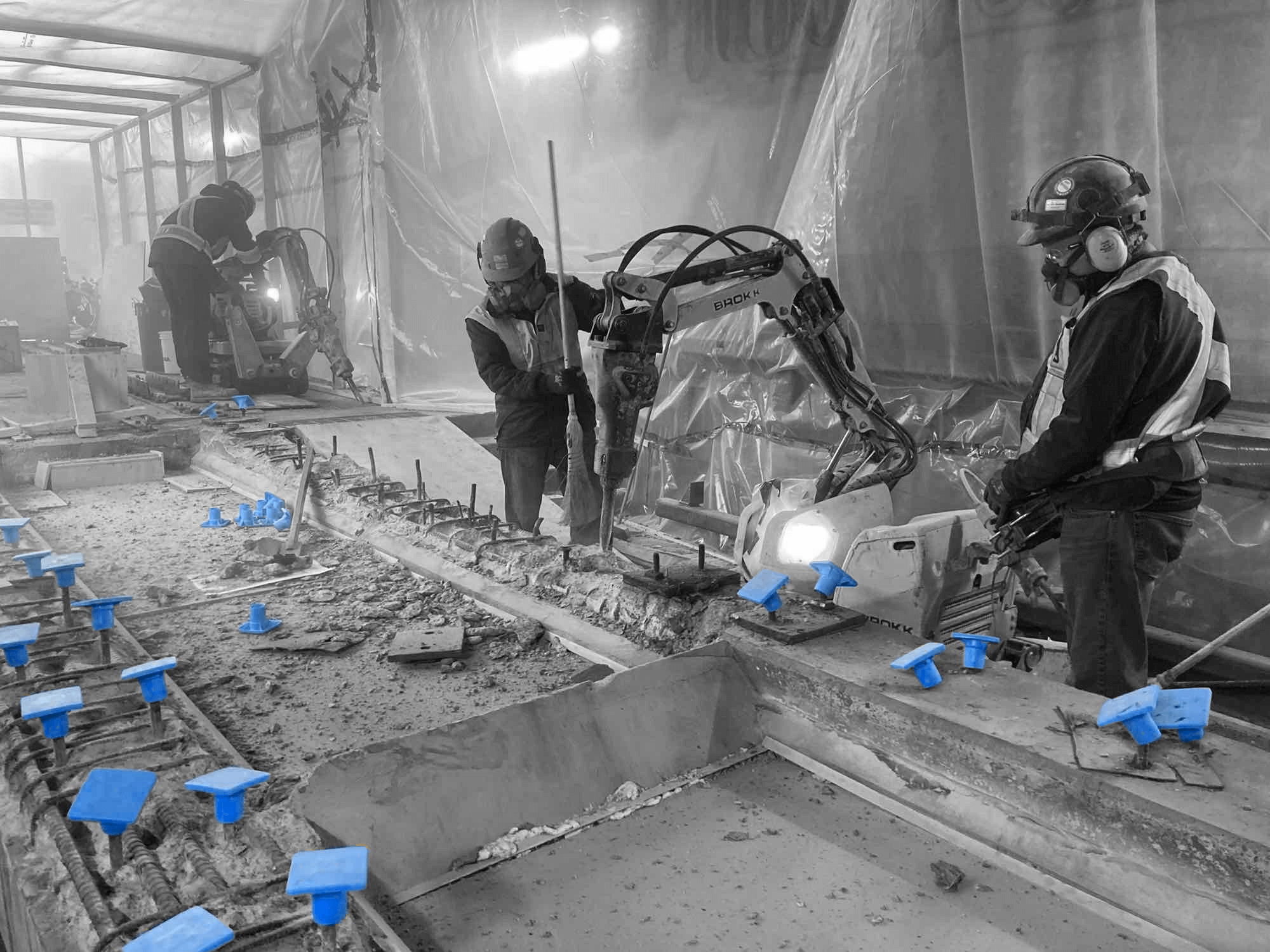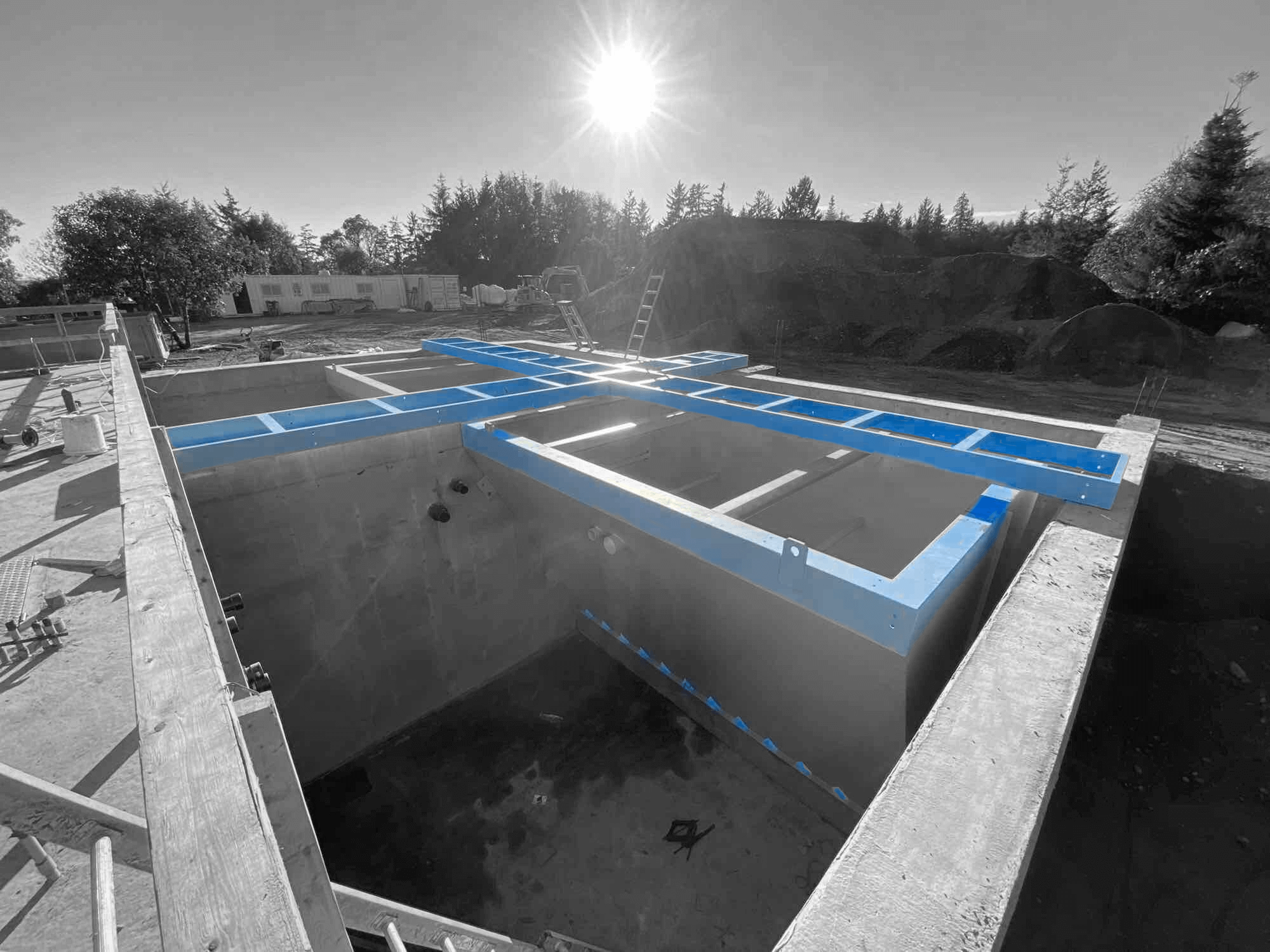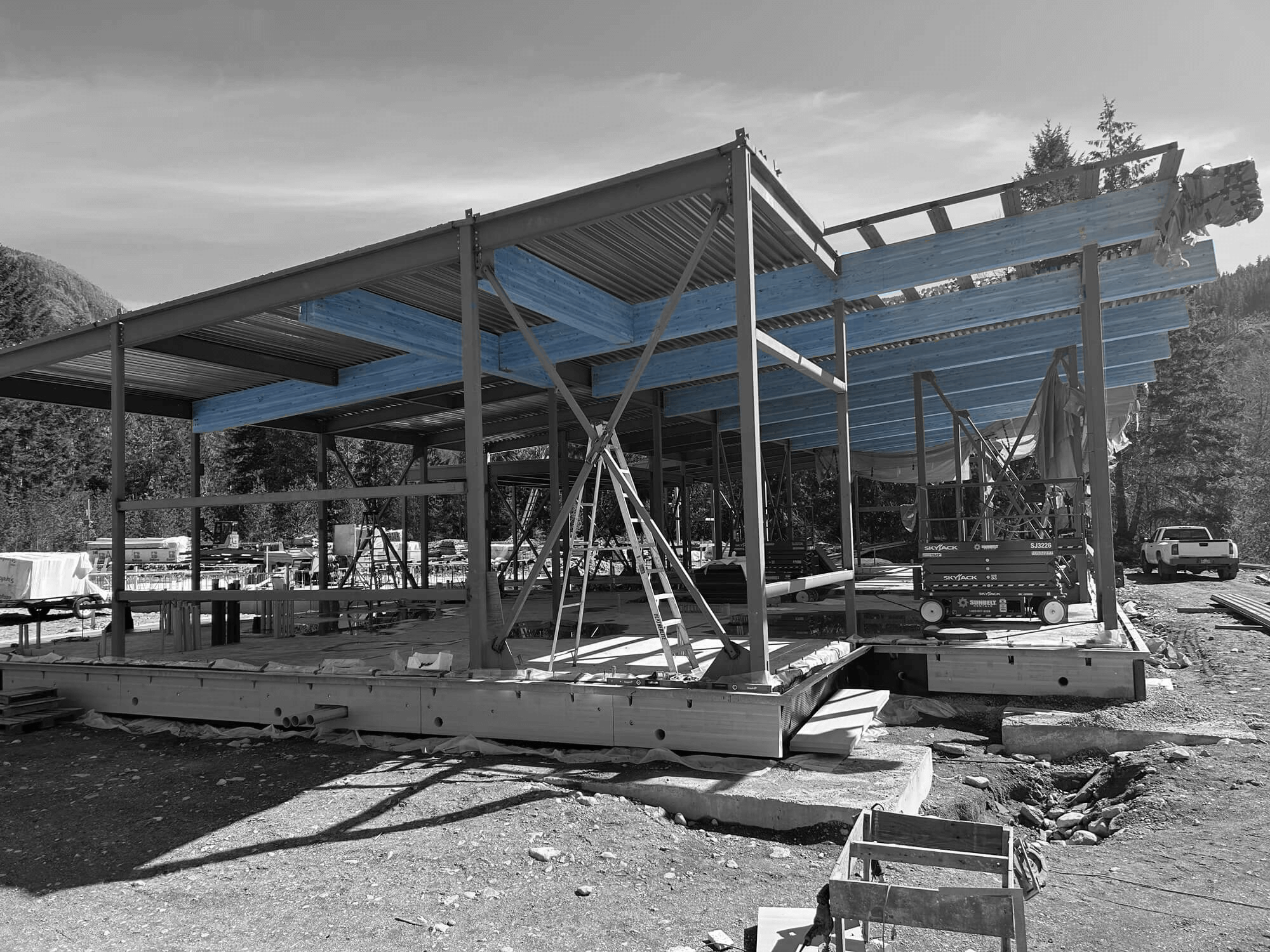Infrastructure projects often face a range of delays that can have serious consequences on both timelines and budgets. These delays disrupt the construction process and impact the communities relying on these developments. EPC design-build is a method that addresses these challenges head-on.
EPC design-build stands for Engineering, Procurement, and Construction, and it offers a more coordinated approach to handling projects. By integrating all aspects of the project under one umbrella, this method can effectively solve common delays. This article explores how EPC design-build streamlines processes and provides a reliable solution for infrastructure projects.
Understanding EPC Design-Build
At the core of EPC design-build is a simple yet powerful idea: combining engineering, procurement, and construction into a single contract. This approach differs from traditional methods where these aspects are handled separately, often leading to miscommunications and extended timelines. In EPC design-build, one contractor is responsible for every component, from the initial designs to the finishing touches.
Imagine planning a big family trip. Instead of everyone booking their flights and accommodations separately, you choose a package deal where everything is organized by a travel company. This reduces stress and ensures the trip goes smoothly. Similarly, EPC streamlines the entire project, reducing the chances of potential roadblocks.
Some key benefits of EPC design-build include:
- Streamlined Communication: Since one team manages the entire project, there’s less chance of information getting lost between parties.
- Faster Project Completion: With integrated teams, decisions are made quickly, allowing the project to progress without unnecessary delays.
- Cost Efficiency: Handling procurement within the same team ensures materials are sourced effectively, keeping the budget in check.
By bringing all elements together, the EPC approach creates a seamless process, resulting in fewer interruptions and a smoother journey towards project completion. The focus is on teamwork and coordination to tackle challenges head-on, making it a preferred choice for many infrastructure projects today.
Common Infrastructure Delays and Their Causes
Infrastructure projects often face delays, and understanding these can help find solutions. Common challenges include permitting issues, supply chain disruptions, and environmental concerns. Each of these can slow progress significantly if not managed well. Permitting takes time because of regulations that need careful navigation, impacting the start of construction. Supply chain hiccups, like delayed shipments, can halt progress until essential materials arrive. Environmental issues, such as unforeseen site conditions, can require new plans, causing further delays. Addressing these issues requires organized management and proactive planning.
How EPC Design-Build Addresses These Delays
The EPC design-build approach is well-suited to tackle these typical delays by combining several strengths into a unified process.
- Streamlined Communication: With one team overseeing the project, the usual back-and-forth between different contractors is reduced. This clear communication ensures everyone is on the same page, avoiding misunderstandings that can lead to setbacks.
- Faster Decision-Making: When issues arise, having an integrated team means decisions can be made quickly. This agility ensures the project keeps moving forward, even when unexpected challenges pop up.
- Efficient Procurement: EPC contractors manage procurement centrally, ensuring materials and equipment arrive as scheduled. This centralized approach cuts down on wait times typically caused by fragmented ordering processes.
- Proactive Risk Management: EPC design-build practitioners often identify potential problems early in the project. By spotting risks ahead of time, they can adjust plans to avoid or minimize disruptions, keeping the project on track.
Real-World Examples of Successful EPC Design-Build Projects
To see EPC design-build in action, consider a major municipal infrastructure project like a wastewater treatment plant. Such projects face all sorts of delays due to environmental regulations and complex engineering requirements. With an EPC approach, a single team takes responsibility from planning through execution, making adjustments as needed without losing momentum. The project’s challenges can be met with solutions that avoid unnecessary downtime, leading to timely completion and budget adherence.
Conclusion
EPC design-build stands out by offering a versatile and effective way to manage infrastructure projects. By bringing engineering, procurement, and construction under one roof, it not only reduces delays but enhances decision-making and material management. This strategy proves invaluable for complex projects, allowing them to meet deadlines and stay within budget. For anyone looking to ensure their infrastructure project runs smoothly, aligning with EPC principles could be the key to success.
Looking to streamline your next infrastructure project and avoid common delays? Industra Construction Corp. specializes in providing seamless and efficient services. Discover how our approach as EPC contractors can enhance your project’s success. Trust our expertise and integrated solutions for a hassle-free experience.


